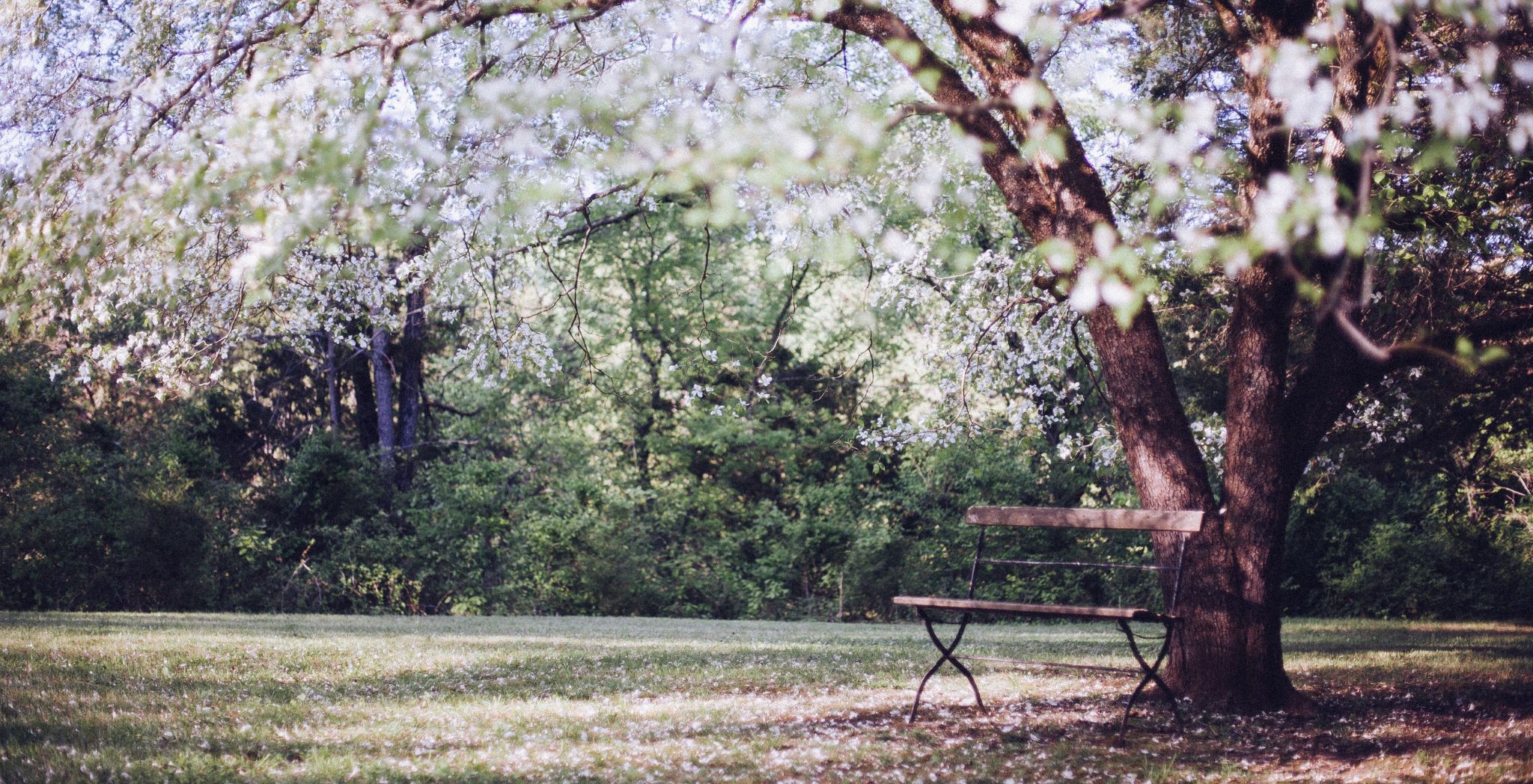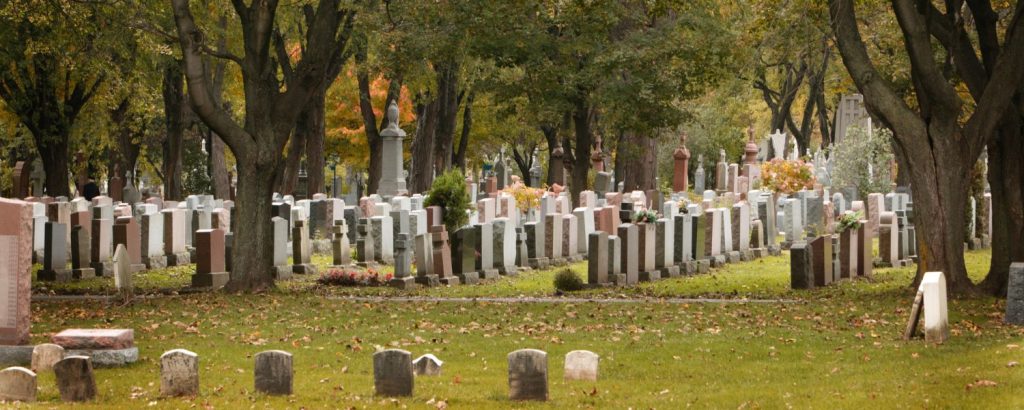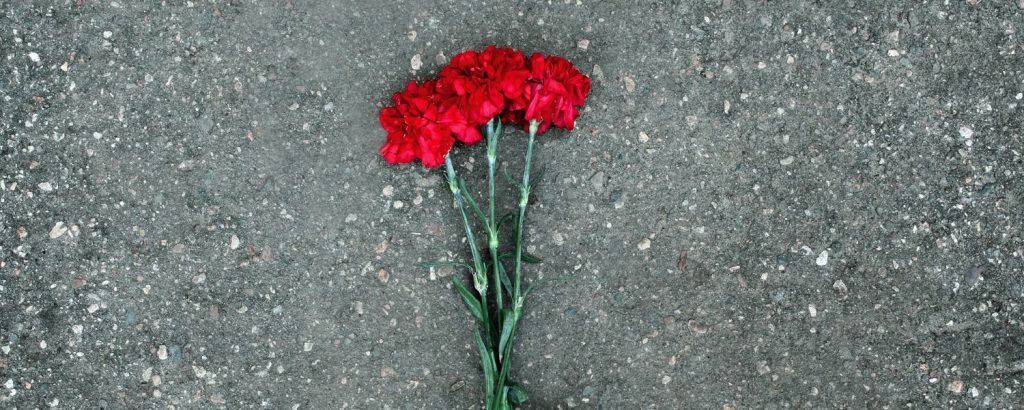
When a loved one passes away, it can be a difficult time for family and friends. In Australia, funerals are a way to honour and remember those who have passed on. Funeral traditions vary across cultures and regions, but they often share common elements aimed at providing comfort and closure to the bereaved.
Types of Funerals in Australia

When considering funeral plans in Australia, individuals have several options to choose from based on personal preferences, cultural traditions, and budgetary considerations. Among the most prevalent are:
1. Traditional Funeral
A traditional funeral typically involves a viewing or visitation, a formal funeral service, and a graveside committal service. It often follows cultural or religious customs and allows family and friends to gather to pay their respects.
2. Direct Burial
Direct burial is a simpler and more cost-effective option where the body is buried shortly after death without a formal viewing or service. It’s chosen for its simplicity and lower cost compared to traditional funerals.
3. Cremation
Cremation is a popular choice in Australia, where the body is reduced to ashes through high heat. Following cremation, the ashes can be stored in an urn, interred, or dispersed in a location that holds special significance. Cremation offers flexibility and may be more environmentally friendly than traditional burial.
4. Memorial Service
A memorial service is a gathering to remember and celebrate the life of the deceased. Unlike a traditional funeral, the body is not present at a memorial service, allowing for more flexibility in timing and location. It’s an opportunity for family and friends to share memories and support each other.
Tips for Preparing Funeral Plans

Here are some tips for preparing funeral plans to help make the process a bit easier:
1. Communication
Have open conversations with your loved ones about your funeral preferences or those of the deceased if you’re organising for someone else. Discuss important details such as burial or cremation preferences, religious or cultural customs, and any specific requests for the funeral service.
2. Research
Take the time to research different funeral homes and service providers in your area. Compare prices, services offered, and customer reviews to find a provider that aligns with your needs and budget.
3. Set a Budget
Funerals can be expensive, so it’s important to set a budget and stick to it. Consider prepaying for your funeral or setting aside funds in a designated account to ease the financial burden on your loved ones.
4. Consider Preplanning
If possible, consider preplanning your funeral in advance. This enables you to make important decisions in advance, ensuring that your preferences are honoured. Many funeral homes offer preplanning services, which can also help lock in current prices and avoid future inflation.
5. Personalise the Service
Personalise the funeral service by incorporating unique and meaningful elements. This could include displaying photos or memorabilia, playing music, or incorporating special readings or rituals.
6. Legal and Administrative Tasks
Take care of any legal and administrative tasks associated with the funeral, such as obtaining a death certificate, notifying relevant authorities, and arranging for the disposition of the body (burial, cremation, etc.).
7. Lean on Professionals
Funeral directors and other professionals are there to help guide you through the funeral planning process. Feel free to reach out for guidance or counsel from seasoned professionals who are equipped to provide support and aid during this challenging period.
By following these tips and taking the time to plan ahead, you can ensure that the funeral service honours the memory of your loved one while also providing comfort and closure to family and friends.
Funeral Services in Brisbane

In Brisbane, many funeral homes and providers offer various services to accommodate different preferences and budgets. Swanborough Funerals is one such provider, offering quality cremation, burial, and memorial services to families in the Brisbane area.
Cremation Process in Australia

In Australia, the cremation process involves several steps to respectfully handle the deceased’s remains. Here’s an overview:
1. Preparation
Before cremation, the body is prepared by removing any jewellery, pacemakers, or other items that could interfere with the process. The body may also be dressed in appropriate clothing or placed in a simple shroud.
2. Identification
To ensure accuracy throughout the process, the body is tagged with a unique identifier. This identifier stays with the body until the cremation is complete.
3. Cremation
The deceased is placed in a cremation chamber, known as a retort or cremator. Inside the chamber, it is subjected to intense heat, typically ranging from 760 to 980 degrees Celsius. This high temperature reduces the body to bone fragments and ashes within a few hours.
4. Cooling and Processing
After cremation, the remains are allowed to cool before being processed. Any metal implants or objects, such as dental fillings or joint replacements, are removed from the bone fragments using a magnet or other means. These objects are then disposed of in a safe and environmentally responsible manner.
5. Pulverisation
Once the bone fragments are separated from any metal objects, they are placed in a special machine called a cremator. The cremulator pulverises the bone fragments into a finer consistency, resulting in what is commonly referred to as cremated remains or ashes.
6. Return of Ashes
The ashes are then placed in a temporary container, such as a simple cardboard box or plastic bag, and returned to the family or loved ones. Families can transfer the ashes to a permanent urn or container for safekeeping, burial, or scattering in a location of significance.
Throughout the entire cremation process, funeral professionals handle the remains with care and respect, following strict guidelines and regulations to ensure that everything is done according to the wishes of the deceased and their loved ones. Additionally, crematoriums adhere to environmental standards to minimise emissions and environmental impact.
In conclusion, funeral customs in Australia are varied and hold deep significance, providing families with a meaningful avenue to pay tribute to and hold onto the memories of their departed loved ones with dignity and comfort. Whether you choose a traditional funeral, direct burial, cremation, or memorial service, the most important thing is to remember and celebrate the life of the deceased in a way that feels right for you and your family.
 "/>
"/>

Your work is like a mirror, reflecting the thoughts and feelings of those who read it, yet always offering something new with each glance.